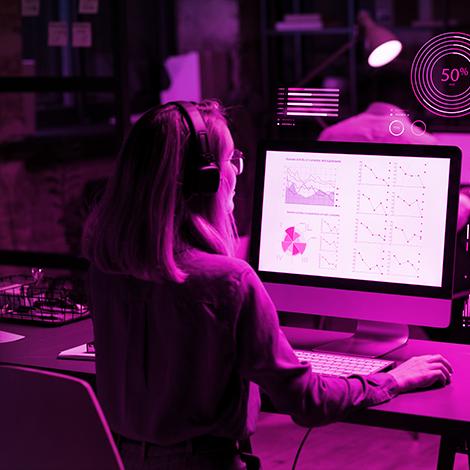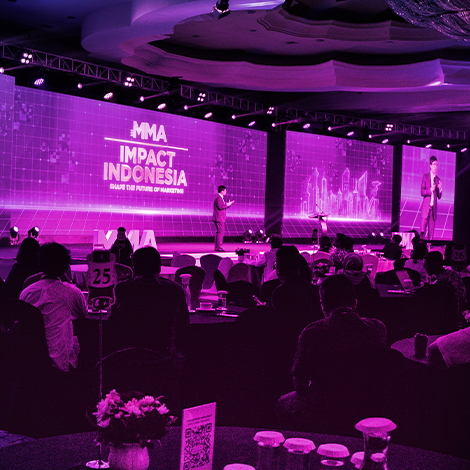
When most marketers think about AI, they picture tools that write ad copy, generate slick but soulless images, or optimize ad spend by a few percentage points. It’s useful, but hardly revolutionary. But what if the real AI marketing revolution is already here, and it looks nothing like what we’ve been told? It’s not happening in Silicon Valley boardrooms; it’s happening at a massive scale in China—the world’s number one video commerce market.

These insights come from a recent keynote by Winder Chen, CEO of Kuaizi Technology, presented at MMA IMPACT VIETNAM 2025,. As a former brand marketer turned tech entrepreneur, Winder stands at the intersection of creative strategy and AI development, giving him a unique view of the battlefield. He argues that the changes driven by AI aren’t just incremental—they represent a fundamental shift in how brands are built and scaled. This new operational model is powered by an integrated AI workflow—Search, Decode, Generate, and Publish—that is completely reshaping the competitive landscape.
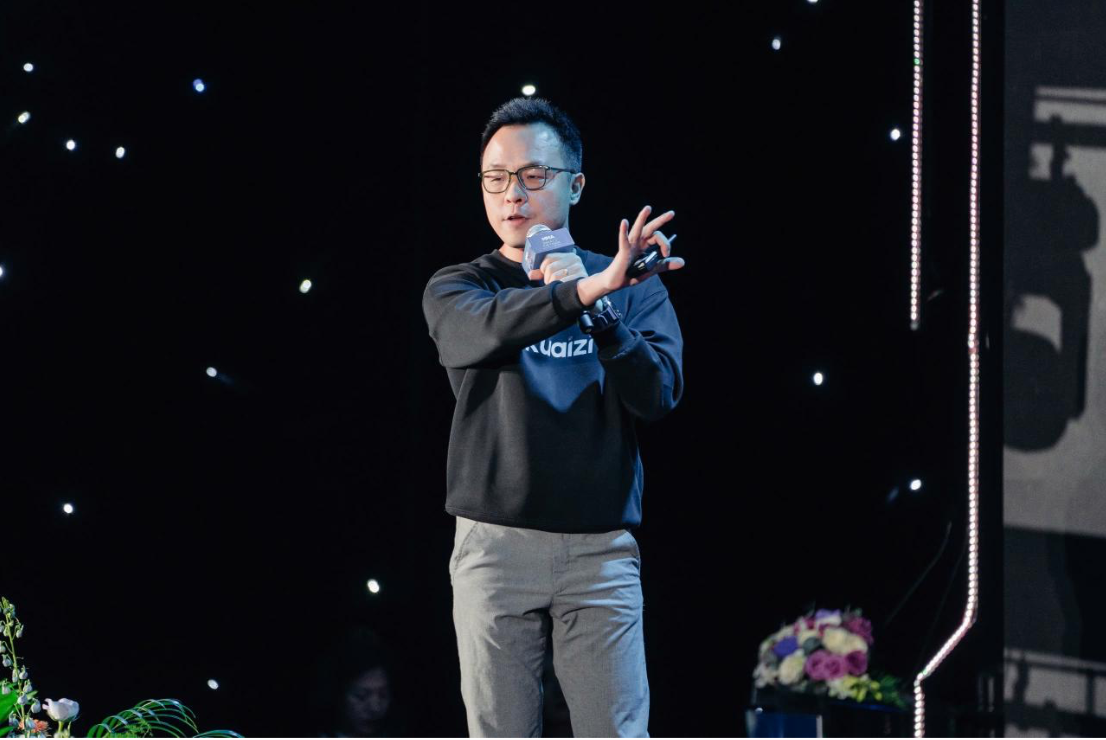
- The New Metric Isn’t Just Share of Mind, It’s Share of Volume

The first rule of marketing has been shattered. The old model—crafting three or four high-budget, highly polished videos a year and spending millions to promote them—is dead. In China’s hyper-competitive digital landscape, the new mandate is relentless output. Brands are no longer competing for a slice of the consumer’s mind; they are fighting for a constant presence in their feed by mastering the Generate and Publish stages of the AI workflow to create “hundreds and hundreds of videos every day.”
The scale is almost incomprehensible. According to Winder, an estimated “150 million versions of commercial videos” are created daily in China. This firehose of content is aimed at a hyper-engaged audience, with the average Chinese consumer spending 151 minutes per day watching videos on their phone. In this environment, the sheer quantity of content has become the primary driver of success. It’s a counter-intuitive shift away from a singular focus on quality towards a strategic imperative for volume. Presence is paramount, and the brands that can produce content at scale are the ones that win.
…quality is important but quantity is what makes you pop you know and we have the terms of you know share voice share of mind now share volume it becomes share volumes of videos.
- AI’s “Decode” Capability Turns Creative Strategy into a Science
For decades, understanding why a specific video went viral was a dark art—a mix of creative intuition, expensive analysis, and guesswork. Today, AI is turning that art into a science. This is the “Decode” phase of the new AI workflow, where a model can analyze any high-performing video and instantly deconstruct its core components.
This isn’t just basic data analysis. The AI breaks down the video’s narrative structure, shooting style, pacing, and even the type of actors or creators used. The power of this is staggering. As Mr.Chen explains, this technology can output structural information that would take a human commercial director “five years of training” to acquire, but it does it in just “10 to 20 seconds.” This capability democratizes creative strategy, allowing brands to learn from their competitors—and their own successes—at an unprecedented speed. It removes the guesswork and allows for the rapid replication of winning formulas.
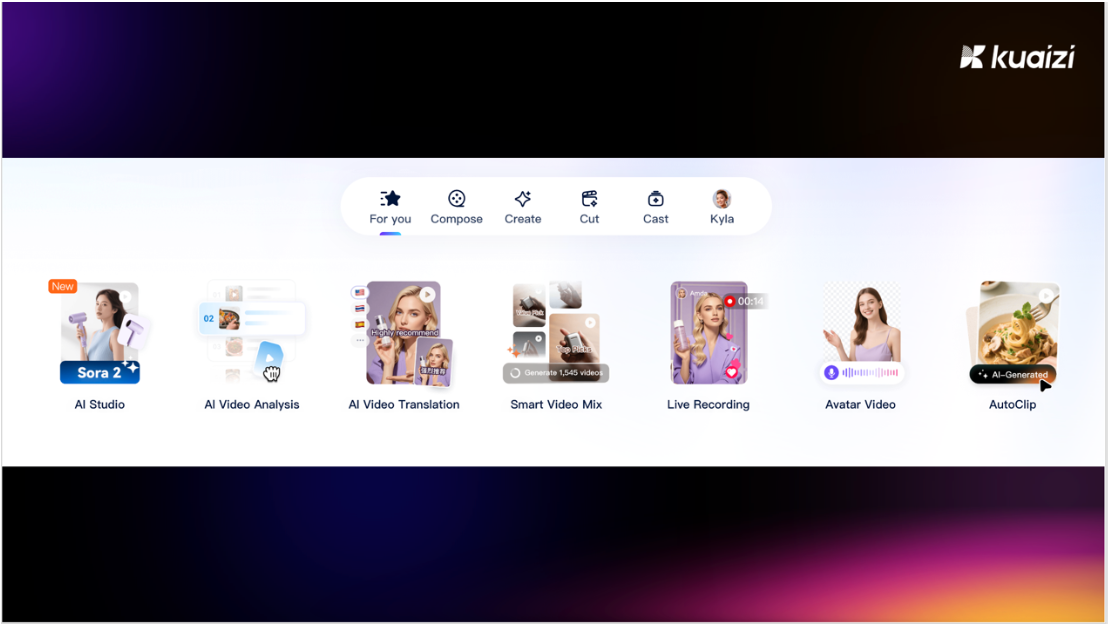
- Consumers Want “Bedroom Authenticity,” Not Polished Perfection
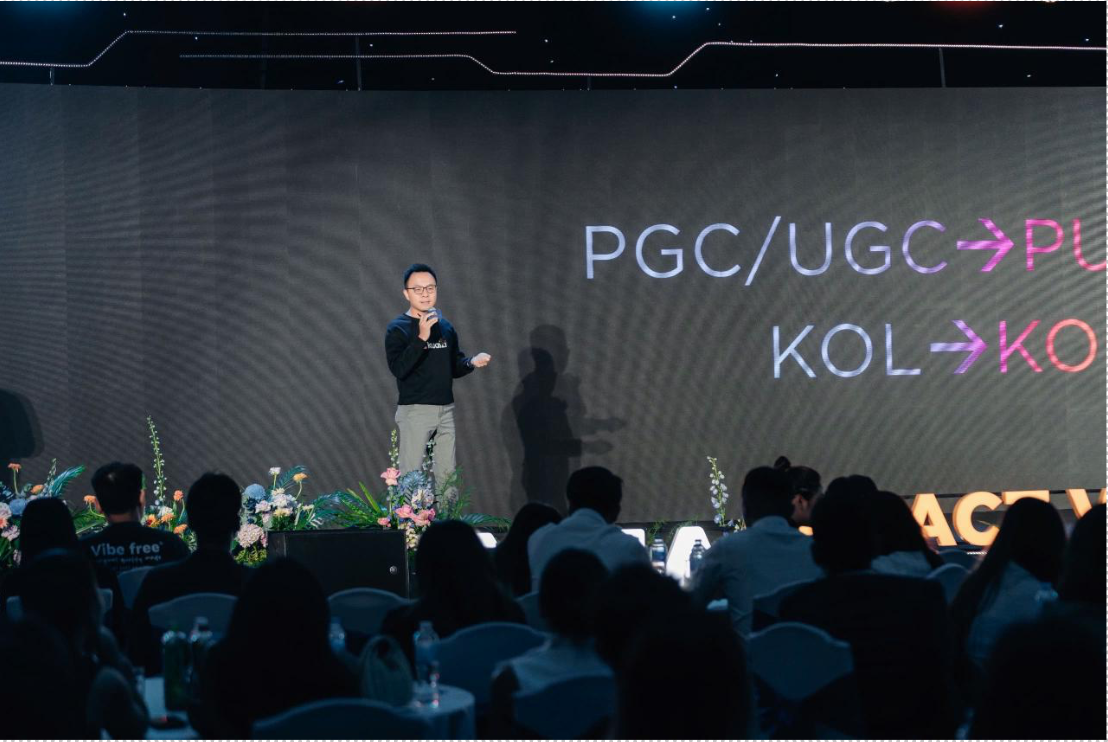
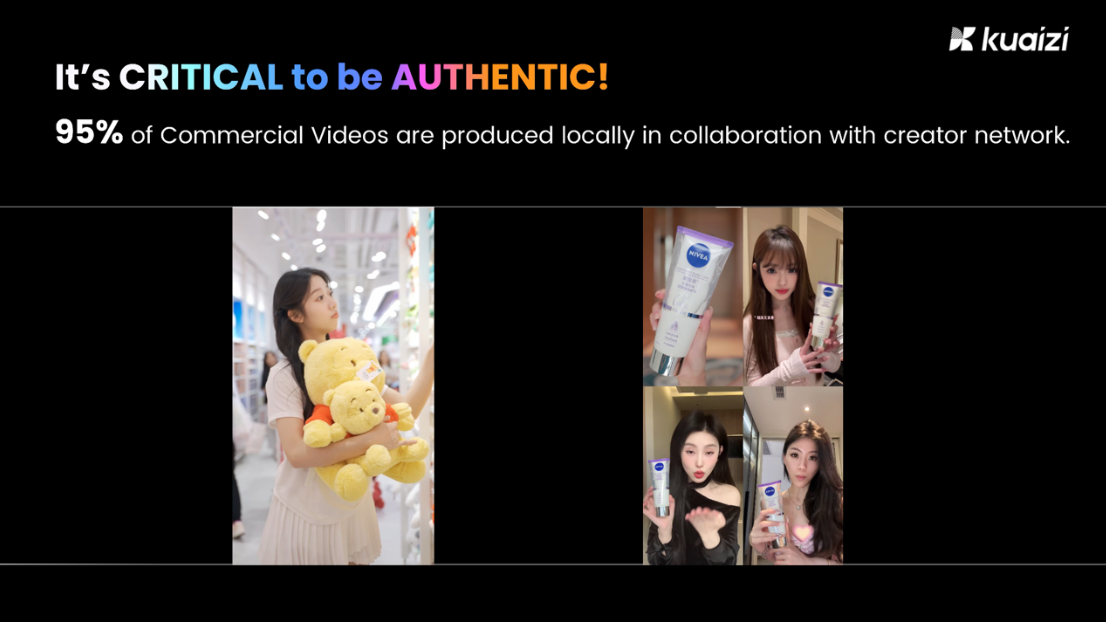
The aesthetic of advertising is undergoing a radical transformation. High-gloss, “Vogue-style” perfection is being rejected in favor of raw, relatable authenticity. This consumer-driven trend is forcing brands to abandon the old playbook of hiring a few expensive KOLs (Key Opinion Leaders) and instead partner with thousands of KOCs (Key Opinion Consumers)—everyday people who may only have a hundred followers but whose recommendations carry genuine weight.
This shift is about more than just budget allocation; it’s a creative reset. Winder shared a powerful anecdote about a major global brand to illustrate the point.
…when I go to brands like L’Oreal in China when you present some of the AI technology they said I don’t want vogue style posters I want posters, I want visuals that look like consumers picking up in their bedroom and then just like grabbing the product at home so authenticity is really important.
This operational reality of chasing “bedroom authenticity” at scale is reflected in a massive structural change. Winder notes that L’Oreal China has shifted from working with three or four traditional creative agencies to partnering with 50-100 MCN (Multi-Channel Network) partners—creator networks that manage large stables of influencers. The demand is for content that feels real and unscripted, a challenge perfectly suited for AI-driven, high-volume content generation.
- The Goal Isn’t Incremental Improvement—It’s Exponential Growth
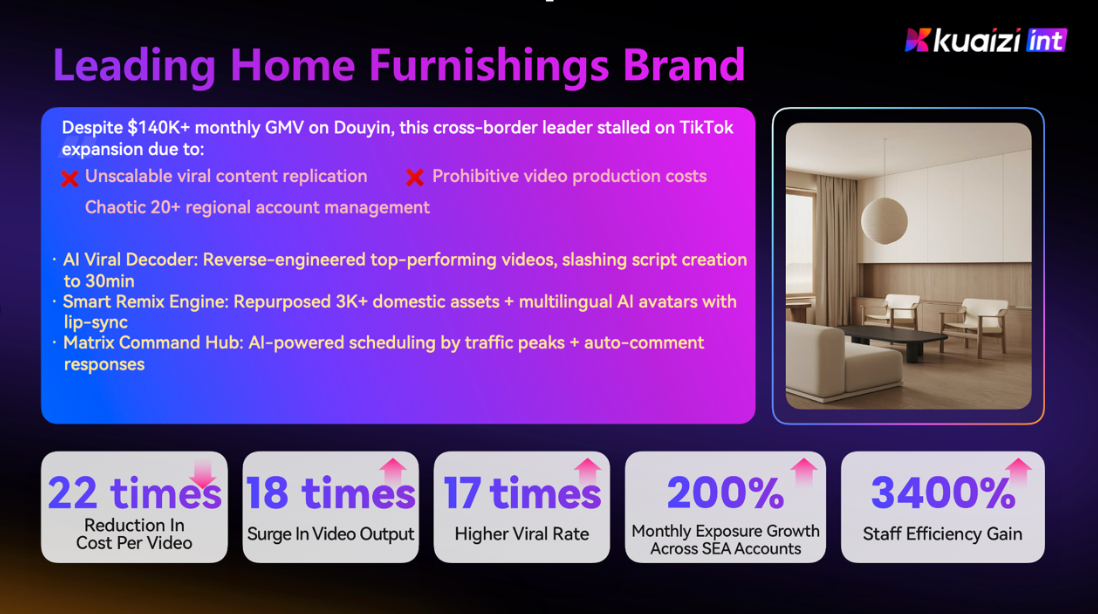 Perhaps the most critical takeaway is about the sheer scale of impact. Adopting a full AI workflow isn’t about achieving a 10% or 20% efficiency gain. The magic is in the compounding effect. As Chen explains, “when you compound search decode generate and publish when it compounds 200%, then it becomes you know 800 to 1,000%.” This isn’t optimization; it’s a complete paradigm shift.
Perhaps the most critical takeaway is about the sheer scale of impact. Adopting a full AI workflow isn’t about achieving a 10% or 20% efficiency gain. The magic is in the compounding effect. As Chen explains, “when you compound search decode generate and publish when it compounds 200%, then it becomes you know 800 to 1,000%.” This isn’t optimization; it’s a complete paradigm shift.
This isn’t a theoretical number. Winder cited a case study where a brand using these tools achieved a 17-times higher viral rate—meaning for every 100 videos produced, they now generate 17 hits instead of just one. He issued a stark warning: smaller, more agile competitors are already all-in on this approach because they “don’t have money they don’t have people ,they just go adapt AI immediately.” For established brands, clinging to old methods is no longer a safe bet—it’s an existential risk.
Conclusion: Are You Built to the New Era, Change or Die?
The AI marketing revolution isn’t a theoretical concept set for 2030. It’s a present-day reality unfolding at blistering speed in the world’s most advanced video market. The strategies of prioritizing volume, decoding creative success, embracing raw authenticity, and building for exponential growth are not just future trends; they are the table stakes for competition today.
Looking at your own marketing efforts, are you structured for the old world of ‘share of voice,’ or are you prepared to compete in the new era of ‘share of volume’? The gap between brands operating on the old model and those on the new one isn’t just growing; it’s becoming a chasm. The lessons from China today are the operating manuals for Global markets tomorrow.
